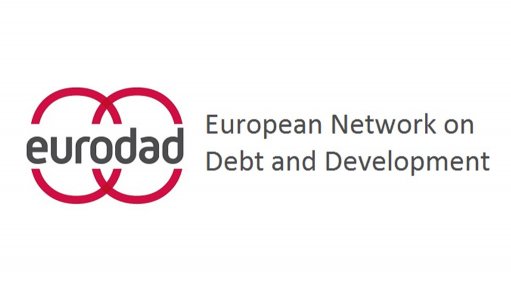
Since the 2015 Paris Climate Agreement, the urgency of the climate crisis and the magnitude of the financial resources required to tackle it have made clear the need for profound reforms to the international financial architecture.
The Covid-19 pandemic has increased the need for additional resources, eroding global progress on poverty reduction, deepening inequalities and pushing many developing countries to the verge of sovereign default. In response to this, in August 2021 the International Monetary Fund (IMF) issued a new US$650-billion allocation of Special Drawing Rights (SDRs) – the largest allocation in history.
SDRs are a reserve asset originally created to help IMF member countries face balance of payment crises, and are distributed on the grounds of countries’ IMF quotas. They have two characteristics that make them ‘special’ and extremely valuable at a time of crisis: they create no debt in the recipient country and they come with no conditionality.
From the beginning, the new SDRs allocation was presented as ‘a shot in the arm’ to the global economy that would supplement countries’ foreign exchange reserves and reduce their reliance on domestic or external debt, thereby creating space to step up their Covid-19 response, including vaccination efforts. Indeed, just a few months after the allocation, at least 80 developing countries have been using their SDRs either to purchase foreign currency or for fiscal expenditure.
However, the allocation was inadequate in size when compared to its ambitious and broad goals and the magnitude of countries’ needs. Moreover, given its unfair distribution based on IMF quotas, it did not reach the countries that needed it the most: of the US$650-billion, only about U$275-billion went to emerging and developing countries, and low-income countries received around U$21-billion. The need for reform of the unfair quota system soon became clear. Instead, the discussion progressed to focus primarily on how to create mechanisms to channel unused SDRs from rich to developing countries.
Both the G20 and the G7 committed to reallocate U$100-billion of SDRs but not a cent has been channeled yet. This briefing takes stock of this discussion and assesses the different solutions proposed so far. It reveals that all proposals reflect the shortcomings and injustices of the existing financial architecture and do not offer satisfying ways forward unless substantial reforms are implemented.
The only concrete action has been the design of a new fund, the Resilience and Sustainability Trust (RST), which would channel SDRs through the IMF. Far from being a ‘silver bullet’, the RST presents several limitations in its design which make it misaligned with the principles proposed by CSOs in September 2021 for just and transparent SDRs channeling and increase the risk of getting little traction from developing countries.
This briefing takes stock of this discussion and assesses the different solutions proposed so far. It reveals that all proposals reflect the shortcomings and injustices of the existing financial architecture and do not offer satisfying ways forward unless substantial reforms are implemented.
Report by Eurodad